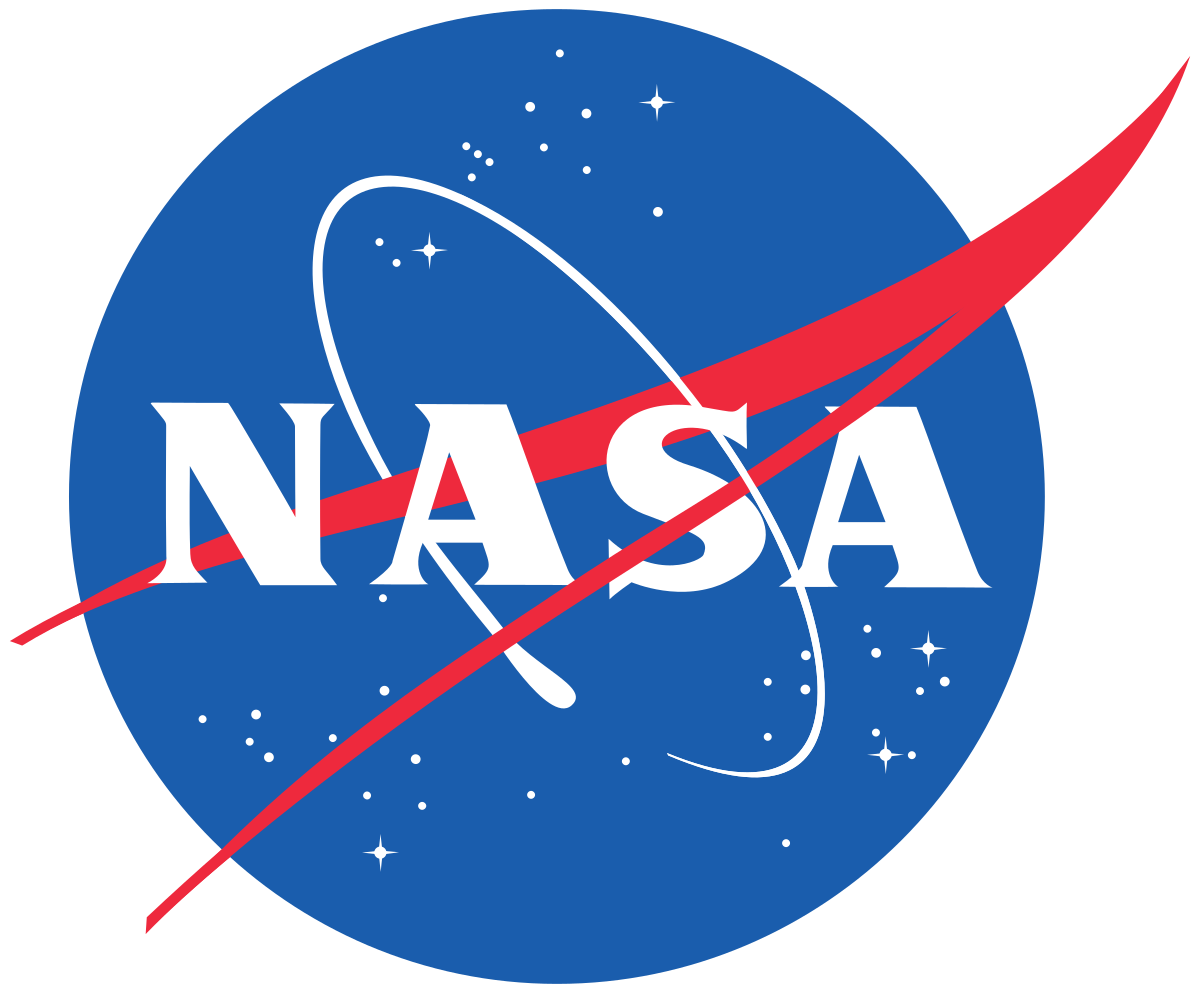NASA has funded massive projects to get us into space. But they also fund much smaller projects to help flesh out a major new private space industry sector. NASA has just announced that they intend to fund more than four hundred ideas from small businesses that are aimed at developing technologies ranging from toilets for use on the Moon to AI-based medical assistants for astronauts on Mars.
These contracts will distribute about fifty-one million dollars to three hundred twelve small businesses in forty four states and Washington, D.C. They will support the development of technologies that could be very useful for space exploration or Earth-based applications.
Jim Reuter is the associate administrator for NASA’s Space Technology Mission Directorate. He said in a press release, “NASA depends on America’s small businesses for innovative technology development that helps us achieve our wide variety of missions. Whether we’re landing Artemis astronauts on the Moon, sending rovers to Mars or developing next-generation aircraft, our small business partners play an important role.”
Six businesses in the state of Washington are among the recipients of the Phase 1 contracts under the umbrella of NASA’s Small Business Innovation Research program (SBIR). Two more teams consisting of pairings of businesses and universities will receive Phase 1 contracts from NASA’s Small Business Technology Transfer program (STTR). Each contract is worth up to one hundred twenty-five thousand dollars. The SBIR contracts last for six months. The STTR contracts last for thirteen months. Depending on their progress, the companies in Phase 1 could obtain additional support during follow-up SBIR/STTR phases.
Here are the SBIR Washington State projects:
Jeeva Wireless in Seattle is developing protocols for an ultra-low-power backscatter networking platform. This platform will be able to synchronize timestamping on a scale of microseconds between sensors and a wireless hub/aggregator. This system could be useful for flight tests and avionics, medical monitoring and other application where time synchronization is critical.
Off Planet Research in Lacy is developing a self-cleaning dustproof fitting that could be used to transfer gas or fluids on the Moon, Mars or other worlds. This type of fitting would be well-suited for use in ultra-cold, permanently shadowed regions of the Moon. They could also be used as leakproof plumbing fixtures for the processing of hazardous chemicals, oil or gas in dusty locations on Earth.
Okean Solutions in Seattle is creating a compact software package with reliable and robust fault management capabilities. This system is called the Model-based Off-Nominal State Identification and Detection program (MONSID). This software could be used to manage the flow of propellants in cryogenic test labs or high-pressure gas facilities, or for space propulsion systems.
Retrocausal in Redmond is incorporating machine learning and computer vision into a system that can automatically build computational models of a complex physical task. The system could act as “an extra pair of trained eyes” to assist astronauts on Mars with medical operations or other procedures, or for training physicians or nurses when learning procedures on Earth.
Sequoia Scientific in Bellevue is assessing the feasibility of a new submersible imaging device for analyzing ocean color and biogeochemistry. The hyperspectral absorption spectrophotometer could provide greater accuracy and resolution than existing in-water sensors. It may provide validation for future NASA ocean-color missions.
Ultra Safe Nuclear Corporation – Space in Seattle is developing a next-generation insulator for nuclear thermal propulsion systems. In addition to the space propulsion application, the technology could be used in nuclear reactors in space on in remote regions in Earth.
Here are the STTR Washington State projects:
Convergent Manufacturing Technologies US in Seattle is partnering with the University of Washington on a process simulation tool for thin-ply composites. This technology could be used to optimize the process of creating composites for a wide range of structures on Earth and in space.
CubCrafters in Yakima is partnering with Oregon State University on an electric short-takeoff-and-landing (eSTOL) technology. This system combines leading-edge slats with a series of small electric ducted fans that accelerate the air between the slat and the airfoil. The technology could be used on CubCrafter aircraft or other STOL air vehicles.
